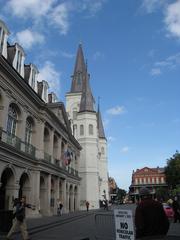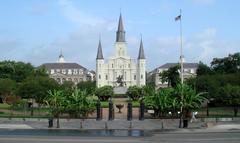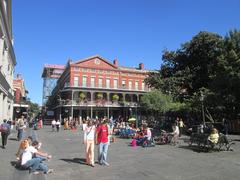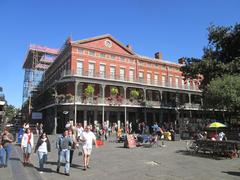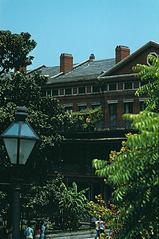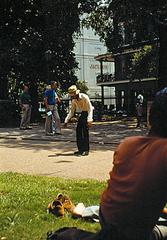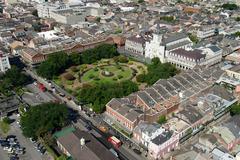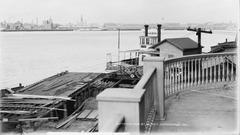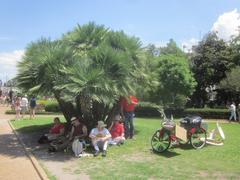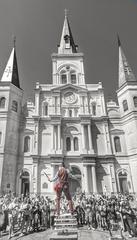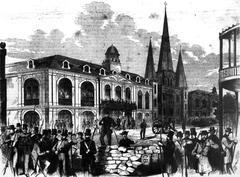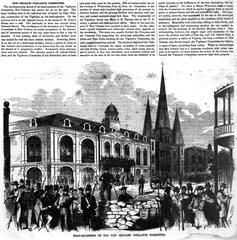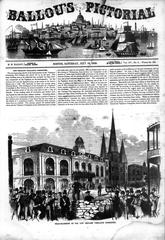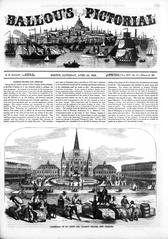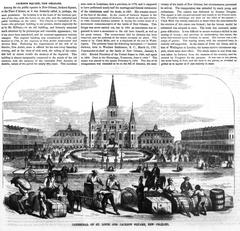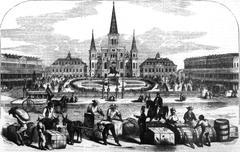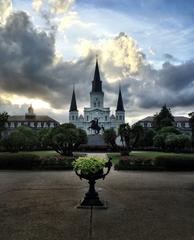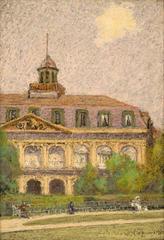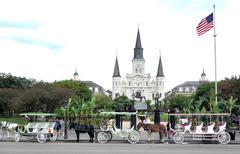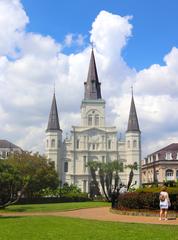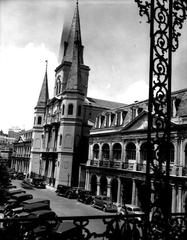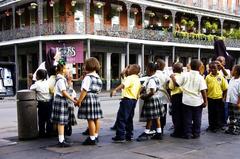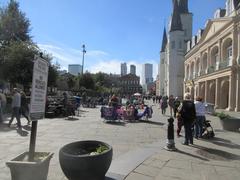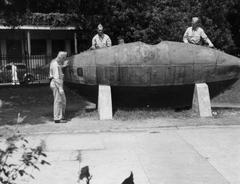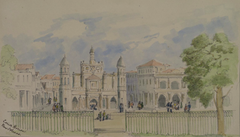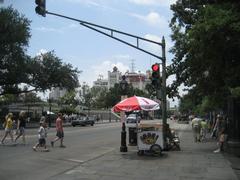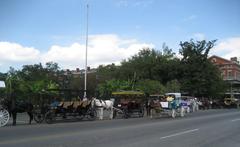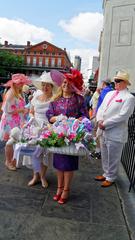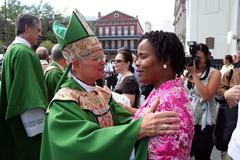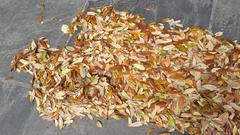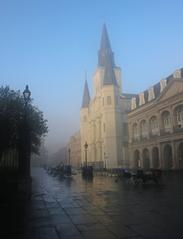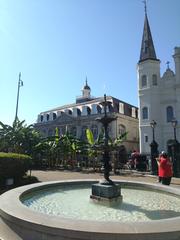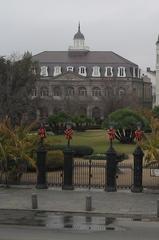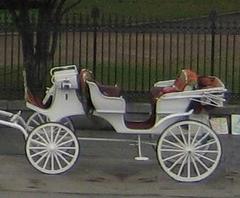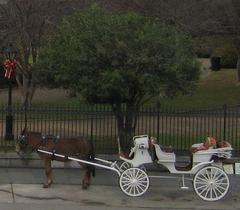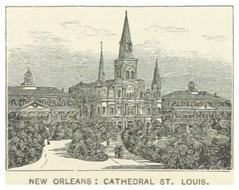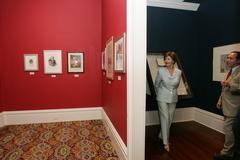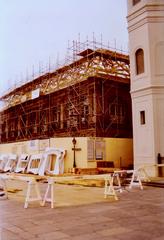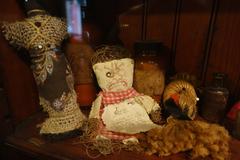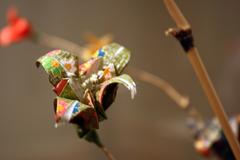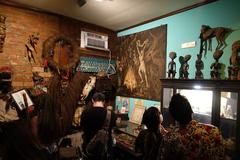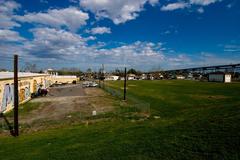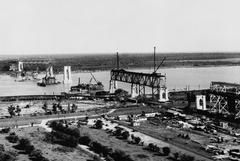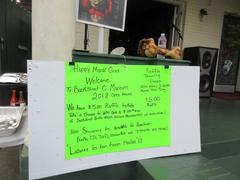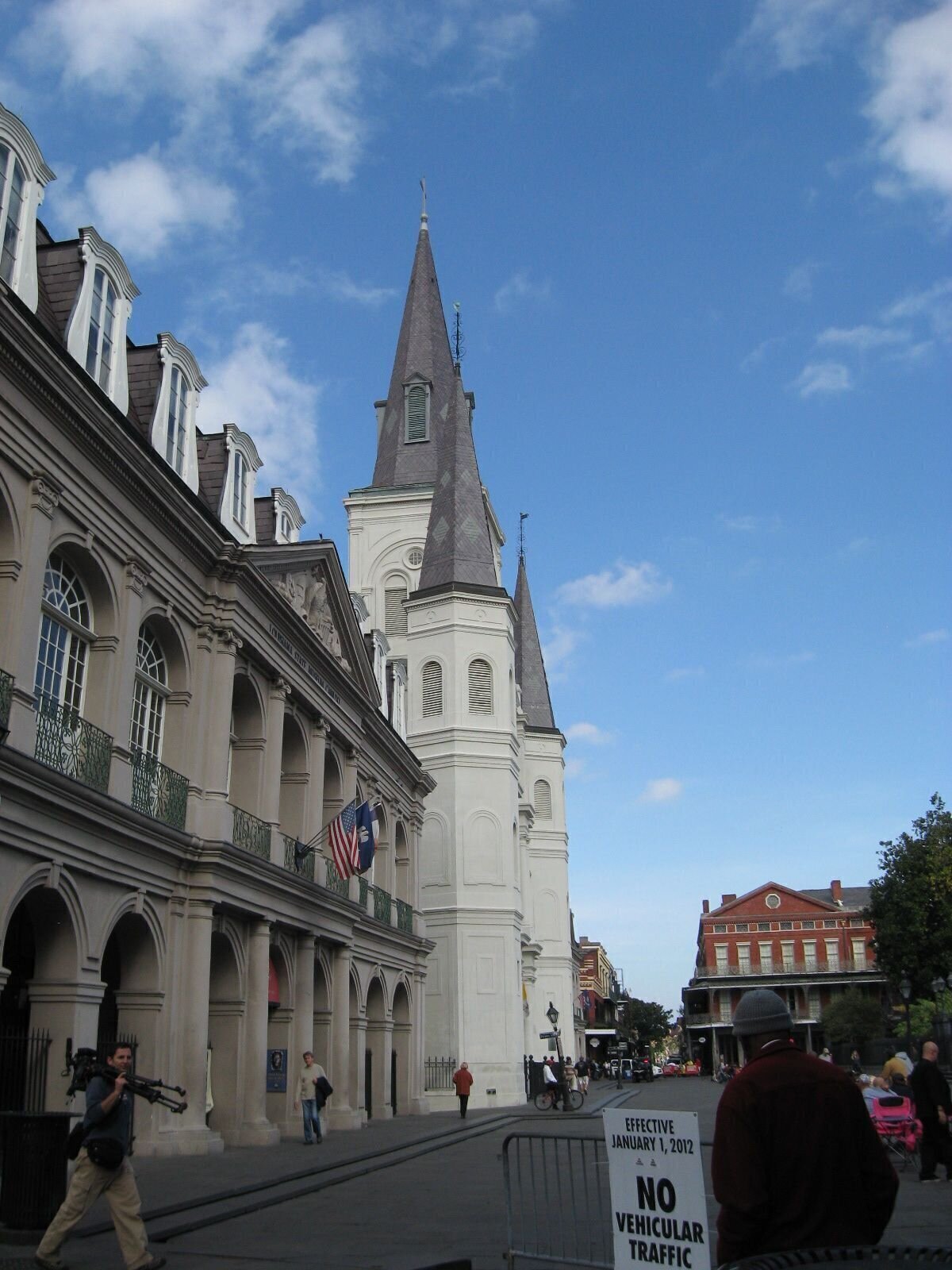
Visiting Jackson Square in New Orleans: Hours, Tickets, and More
Date: 17/07/2024
Introduction
Jackson Square, nestled in the heart of the French Quarter in New Orleans, is an iconic landmark that epitomizes the rich history and vibrant culture of the city. Originally established as ‘Place d’Armes’ in 1721 by French military engineer Adrien de Pauger, the square has undergone numerous transformations over the centuries, reflecting the diverse influences that have shaped New Orleans. From its early beginnings during the French colonial era, through Spanish rule and the subsequent American influence post-Louisiana Purchase, Jackson Square has continuously evolved, becoming a focal point for public gatherings, cultural events, and historical commemorations (New Orleans Historical).
Today, it stands as a testament to the resilience and spirit of New Orleans, attracting millions of visitors each year who come to explore its architectural landmarks, enjoy its lively atmosphere, and participate in its numerous festivals and events (Louisiana State Museum). Whether you’re a history buff, an art enthusiast, or simply looking to soak in the unique charm of the city, Jackson Square offers a multifaceted experience that is both educational and entertaining.
Table of Contents
- Early Beginnings and French Colonial Era
- Spanish Rule and Architectural Transformation
- The Louisiana Purchase and American Influence
- 19th Century Developments
- Civil War and Reconstruction Era
- 20th Century to Present Day
- Visitor Information
- Cultural Significance
- Annual Events and Festivals
- Preservation Efforts
- Modern-Day Attractions
- FAQ
Early Beginnings and French Colonial Era
Jackson Square, originally known as ‘Place d’Armes,’ was established in 1721 as a military parade ground during the French colonial period. The square was designed by architect Adrien de Pauger, who laid out the city of New Orleans in a grid pattern, with the square as its focal point. The area was intended to serve as a central gathering place for the community, reflecting the European tradition of public squares (New Orleans Historical).
Spanish Rule and Architectural Transformation
In 1762, the Treaty of Fontainebleau transferred Louisiana from French to Spanish control. The Spanish influence is evident in the architectural transformation of the square and its surrounding buildings. The most notable change was the reconstruction of the St. Louis Cathedral, which was originally built in 1727 but was destroyed by fire in 1788. The Spanish rebuilt it in a more elaborate style, which still stands today (Louisiana State Museum).
The Louisiana Purchase and American Influence
The Louisiana Purchase of 1803 marked a significant turning point for Jackson Square. The transfer of Louisiana from France to the United States brought about numerous changes, including the renaming of the square to honor Andrew Jackson, the hero of the Battle of New Orleans. This battle, fought in 1815, was a decisive American victory against the British during the War of 1812. A statue of Andrew Jackson, created by sculptor Clark Mills, was erected in the center of the square in 1856 (National Park Service).
19th Century Developments
Throughout the 19th century, Jackson Square continued to evolve. The Pontalba Buildings, constructed between 1849 and 1851 by the Baroness Micaela Almonester Pontalba, are among the oldest apartment buildings in the United States. These buildings flank the square and are notable for their distinctive ironwork and balconies, which have become iconic features of New Orleans architecture (Pontalba Buildings).
Civil War and Reconstruction Era
During the Civil War, New Orleans was captured by Union forces in 1862, and Jackson Square became a symbol of the city’s resilience. The square was used for various public events, including military parades and political rallies. The Reconstruction era brought about significant social and political changes, and Jackson Square remained a central gathering place for the community (Civil War Trust).
20th Century to Present Day
In the 20th century, Jackson Square underwent several renovations to preserve its historical significance and enhance its appeal as a tourist destination. In 1960, the square was designated a National Historic Landmark, recognizing its importance in American history. The square has since become a hub for artists, musicians, and street performers, reflecting the vibrant culture of New Orleans (National Register of Historic Places).
Visitor Information
Visiting Hours: Jackson Square is open daily from 8:00 AM to 6:00 PM.
Tickets: Entry to Jackson Square is free, but some surrounding attractions like the St. Louis Cathedral and the Cabildo may have their own admission fees.
Travel Tips: The square is easily accessible by public transportation, and parking is available nearby. Consider visiting early in the morning or later in the evening to avoid crowds.
Accessibility: Jackson Square is wheelchair accessible, with ramps and smooth pathways for ease of movement.
Cultural Significance
Jackson Square is not only a historical landmark but also a cultural epicenter. The square is surrounded by significant buildings, including the St. Louis Cathedral, the Cabildo, and the Presbytère, which house the Louisiana State Museums. These institutions offer insights into the rich history and diverse culture of New Orleans (Louisiana State Museum).
Annual Events and Festivals
Jackson Square hosts numerous annual events and festivals that celebrate the unique heritage of New Orleans. One of the most notable events is the French Quarter Festival, which features live music, food, and art, attracting visitors from around the world. The square is also a focal point during Mardi Gras, with parades and celebrations that highlight the city’s festive spirit (French Quarter Festival).
Preservation Efforts
Preservation efforts have been crucial in maintaining the historical integrity of Jackson Square. Organizations such as the Vieux Carré Commission and the Historic New Orleans Collection work tirelessly to protect and preserve the architectural and cultural heritage of the French Quarter, ensuring that Jackson Square remains a cherished landmark for future generations (Vieux Carré Commission).
Modern-Day Attractions
Today, Jackson Square is a bustling tourist destination, offering a blend of history, culture, and entertainment. Visitors can explore the surrounding museums, enjoy performances by local artists, and dine at nearby restaurants that serve traditional New Orleans cuisine. The square’s central location makes it an ideal starting point for exploring the French Quarter and experiencing the unique charm of New Orleans (New Orleans Tourism).
FAQ
Q: What are the visiting hours for Jackson Square?
A: Jackson Square is open daily from 8:00 AM to 6:00 PM.
Q: Is there an entry fee for Jackson Square?
A: Entry to Jackson Square is free, but some surrounding attractions like the St. Louis Cathedral and the Cabildo may have their own admission fees.
Q: Is Jackson Square wheelchair accessible?
A: Yes, Jackson Square is wheelchair accessible, with ramps and smooth pathways for ease of movement.
Q: When is the best time to visit Jackson Square?
A: Consider visiting early in the morning or later in the evening to avoid crowds.
Conclusion
Jackson Square is more than just a historical park; it is a vibrant cultural epicenter that captures the essence of New Orleans. Its rich tapestry of history, from its French colonial origins to its modern-day significance, coupled with its architectural marvels like the St. Louis Cathedral, the Cabildo, and the Presbytère, make it a must-visit destination. The square’s lively atmosphere, marked by street performers, artists, and annual festivals such as the French Quarter Festival and Mardi Gras, ensures that there is always something happening to engage and entertain visitors (French Quarter Festival). Preservation efforts by organizations like the Vieux Carré Commission have been crucial in maintaining the square’s historical integrity, allowing future generations to continue to enjoy its beauty and significance (Vieux Carré Commission). Whether you’re drawn by its historical landmarks, cultural events, or the chance to experience the local art scene, Jackson Square offers a unique glimpse into the heart and soul of New Orleans. For those planning a visit, be sure to take advantage of the guided tours, visit the surrounding museums, and indulge in the local cuisine to fully appreciate all that this remarkable landmark has to offer (New Orleans Tourism).
References
- New Orleans Historical. (n.d.). Jackson Square - Visiting Hours, Tickets, and Historical Insights into New Orleans’ Iconic Landmark. Retrieved from New Orleans Historical
- Louisiana State Museum. (n.d.). Jackson Square - Visiting Hours, Tickets, and Historical Insights into New Orleans’ Iconic Landmark. Retrieved from Louisiana State Museum
- French Quarter Festival. (n.d.). Annual Events and Festivals. Retrieved from French Quarter Festival
- Vieux Carré Commission. (n.d.). Preservation Efforts. Retrieved from Vieux Carré Commission
- New Orleans Tourism. (n.d.). Modern-Day Attractions. Retrieved from New Orleans Tourism
